Top Things to Know Before Buying a Hoop House Greenhouse
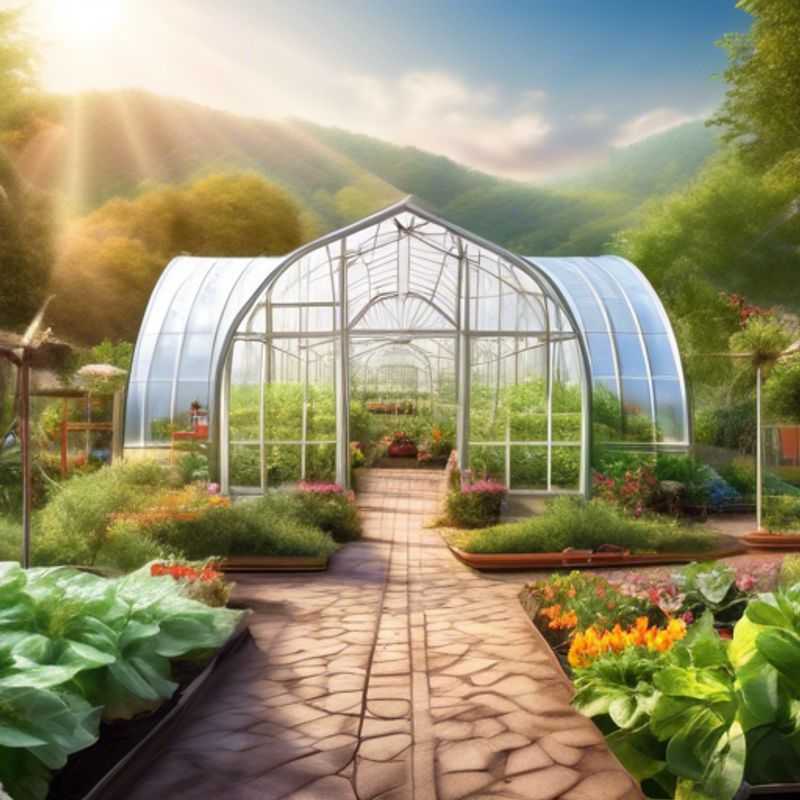
Hoop House Greenhouse: What You Need to Know Before You Buy
Building a hoop house greenhouse can be a rewarding experience, but it's important to do your homework before taking the plunge.
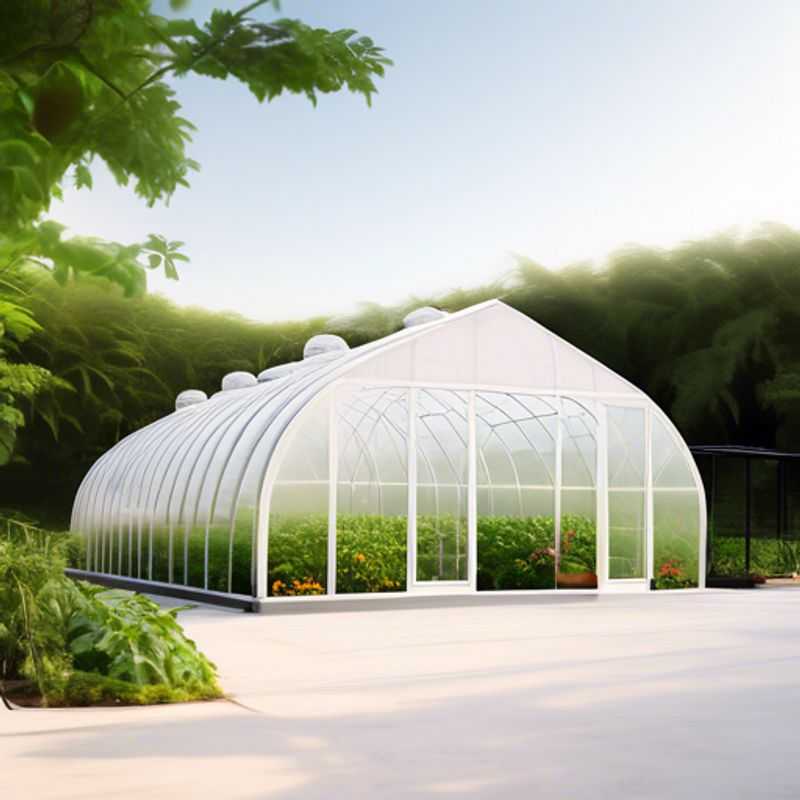
Designing for Space: Determining the Perfect Size and Layout
Determining the appropriate size and layout for your available space is a crucial step in any design project. It involves carefully considering the purpose of the space, the intended users, and the overall aesthetic goals. This process often requires a blend of creativity and technical expertise.
A key factor is understanding the functionality of the space. Is it intended for a specific activity, such as a workspace, a living room, or a kitchen? Knowing this will guide the choice of furniture and the arrangement of elements.
Next, consider the intended users. Their needs and preferences are vital. For example, a space designed for a family with young children will require different considerations than a space designed for a single person.
Finally, aesthetics play a crucial role. The desired mood, style, and overall feel of the space should be carefully considered. This may involve choosing specific colors, materials, and lighting to create the desired effect.
While this overview provides a general framework, the specifics of determining the appropriate size and layout for your available space will depend on the individual project. It is often beneficial to consult with a professional designer or architect to ensure that the space is not only functional but also aesthetically pleasing and meets the unique needs of the users.
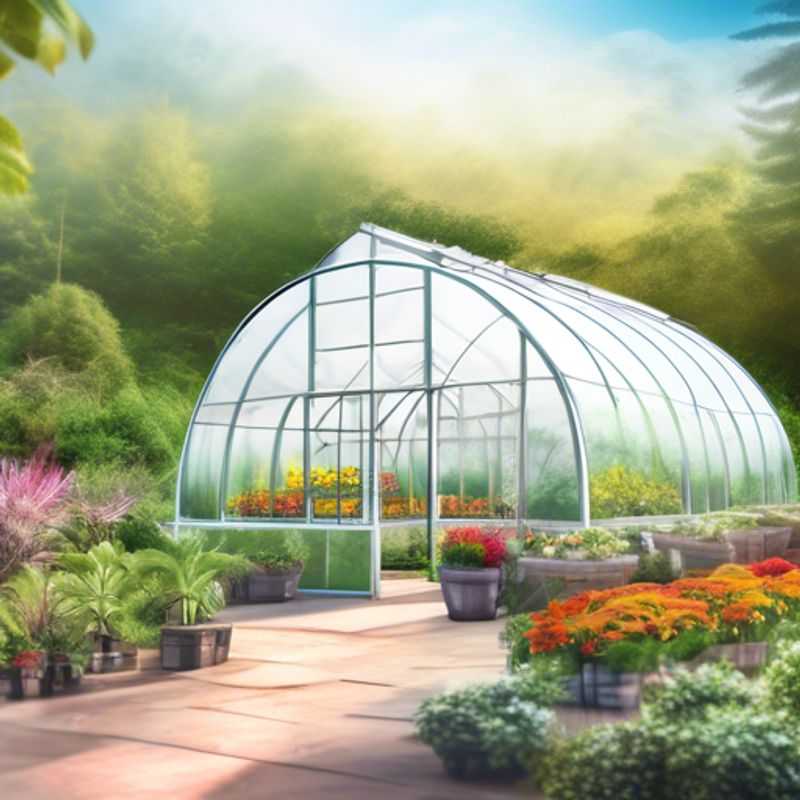
Greenhouse Design: Matching Your Climate for Success
When designing a greenhouse, the climate plays a crucial role. It impacts the greenhouse's structure, materials, and heating and cooling needs. Understanding your local climate is essential. Consider factors like average temperature, humidity, wind speed, and sunshine hours.
Once you understand the climate, you can choose the most suitable greenhouse design. For example, in cold climates, you might need a well-insulated structure with supplemental heating. In hot climates, you may need a design that maximizes ventilation and shade. Think about the purpose of your greenhouse. Are you growing vegetables, flowers, or seedlings?
Different designs offer varying benefits. Consider lean-to greenhouses, freestanding greenhouses, and even geodesic domes. Each design has its own advantages and disadvantages. Research your options carefully, taking into account factors like cost, maintenance, and suitability for your climate. Local regulations and permits should also be considered during the design process.
Remember, a well-designed greenhouse can create a thriving environment for your plants, even in challenging climates.
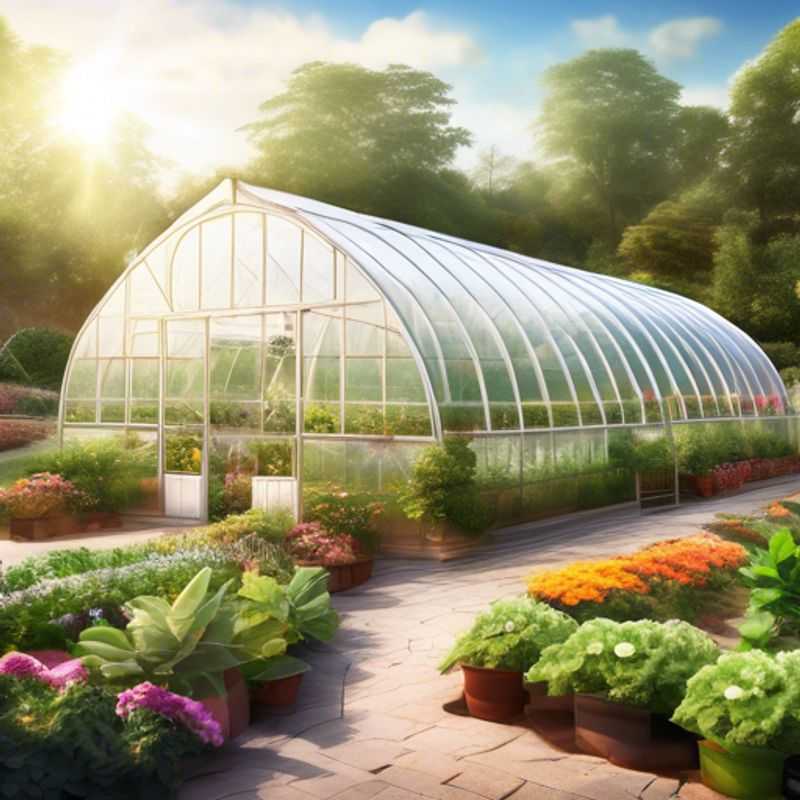
Building for the Long Haul: Choosing Materials for Durability and Cost
Choosing the right materials for your construction project is crucial for both durability and cost-effectiveness. Durability refers to the material's ability to withstand wear and tear over time, while cost-effectiveness considers both initial purchase price and long-term maintenance expenses.
For structures exposed to harsh weather conditions, durable materials like concrete, steel, and brick are often preferred. These materials offer high resistance to moisture, temperature fluctuations, and UV rays, ensuring longevity. However, they might come at a higher initial cost compared to other options.
Wood is a versatile material that can be used for framing, flooring, and exterior cladding. While less expensive than concrete or steel, wood requires regular maintenance to prevent rotting, insect infestations, and fire hazards.
Sustainable materials like bamboo, recycled plastic, and reclaimed wood are gaining popularity due to their environmental benefits and often competitive pricing. Energy-efficient materials, such as insulated concrete forms (ICFs) and high-performance glazing, can reduce energy consumption and lower long-term utility bills.
When making material choices, consider the following factors:
Project requirements: What is the purpose of the structure, its intended use, and expected lifespan?
Local climate: Extreme weather conditions can impact material selection.
Budget constraints: Factor in both initial material costs and potential future maintenance expenses.
Environmental considerations: Choosing sustainable and energy-efficient materials can have a positive impact on the environment and reduce operational costs.
Availability and accessibility: Ensure the chosen materials are readily available in your location.
Professional consultation: Consult with architects, engineers, and contractors to receive expert advice on material selection based on your specific project needs.
Remember, careful planning and informed material selection are essential for a successful construction project that balances durability, cost-effectiveness, and sustainability.
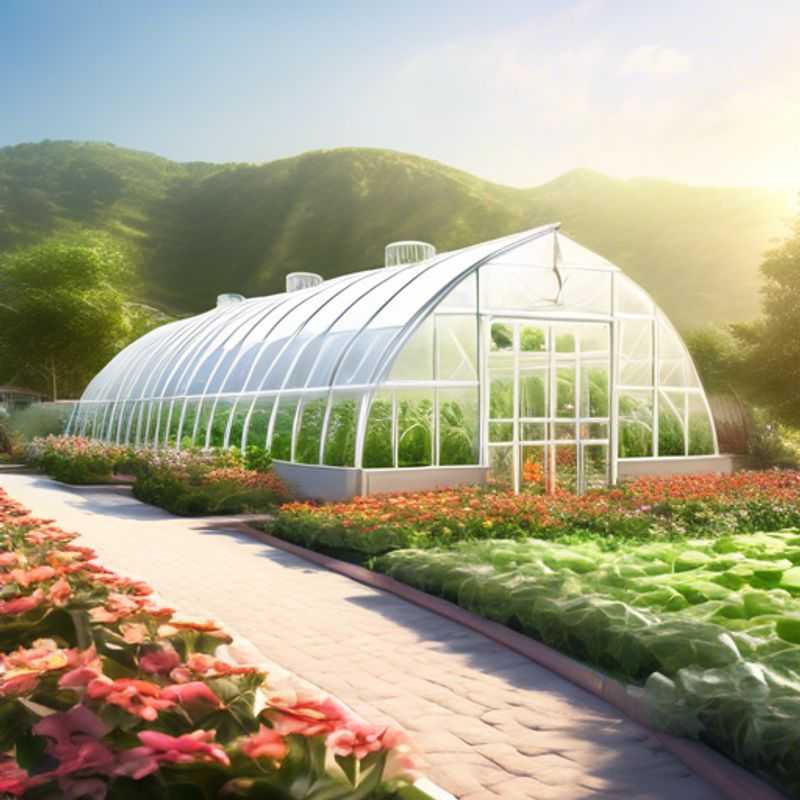
Cultivating Success: Ensuring Proper Ventilation and Temperature Control for Thriving Plants
Ventilation and temperature are crucial factors for optimal plant growth. Adequate ventilation provides fresh air, removes excess moisture, and prevents the build-up of harmful gases. Proper temperature control ensures plants thrive within their ideal range, maximizing their growth potential.
Ventilation is vital for healthy plants. It circulates fresh air, supplying them with vital carbon dioxide for photosynthesis. It also removes excess humidity, minimizing the risk of fungal diseases and promoting optimal leaf development.
Temperature plays a significant role in plant growth. Each species has an ideal temperature range for optimal growth. Maintaining this range promotes healthy root development, photosynthesis, and overall plant vitality.
To ensure proper ventilation, consider using fans to circulate air and create a gentle breeze. Open windows or install vents to allow fresh air to flow in. Depending on the size and type of grow space, you might need to invest in specialized ventilation systems like exhaust fans or air filtration units.
For temperature control, you can use heating systems like space heaters or grow lights during colder months and cooling systems like fans, air conditioners, or evaporative coolers during warmer seasons. Remember that temperature fluctuations can negatively impact plant growth, so consistent temperature maintenance is crucial.
Investing in ventilation and temperature control systems can significantly enhance plant growth and productivity. While these systems may require an initial investment, the benefits in terms of healthy and vigorous plants far outweigh the cost. Remember, healthy plants mean bountiful harvests.
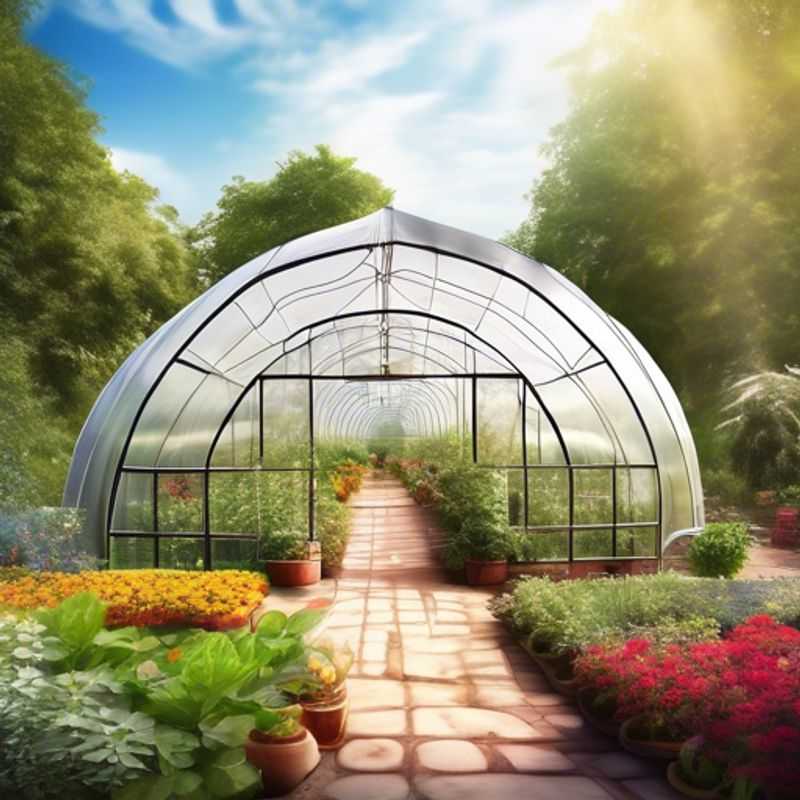
Hoop House Horticulture: Selecting Plants for Success
A hoop house, also known as a high tunnel, is a simple, low-cost structure that can extend your growing season and protect plants from harsh weather. It essentially creates a microclimate, allowing you to grow a wider variety of plants and start your crops earlier in the spring. When researching which plants thrive in a hoop house environment, consider these factors:
Sunlight: Hoop houses can trap heat, leading to higher temperatures inside. Choose plants that are tolerant of these conditions and have a good sun tolerance.
Ventilation: Proper ventilation is essential to prevent overheating and humidity buildup. Select plants that are well-ventilated and can withstand moderate air movement.
Space: Hoop houses offer a limited amount of space. Plants with a compact growth habit and an upright or vine-like growth pattern are ideal.
Yield: Consider the yield of the plants you choose. Some crops, like tomatoes, cucumbers, and peppers, can produce a high yield even in a limited space. Remember to choose varieties that are suitable for your local climate.
Seasonality: Research the growing season of your desired plants. Some crops can be started indoors and transplanted later into the hoop house, while others can be sown directly into the ground. Always consider your region's climate and weather patterns.
Examples of plants that thrive in hoop houses: Tomatoes, peppers, cucumbers, squash, melons, herbs, leafy greens, strawberries, and beans are popular choices. You can also grow certain flowers and even some root vegetables in hoop houses.
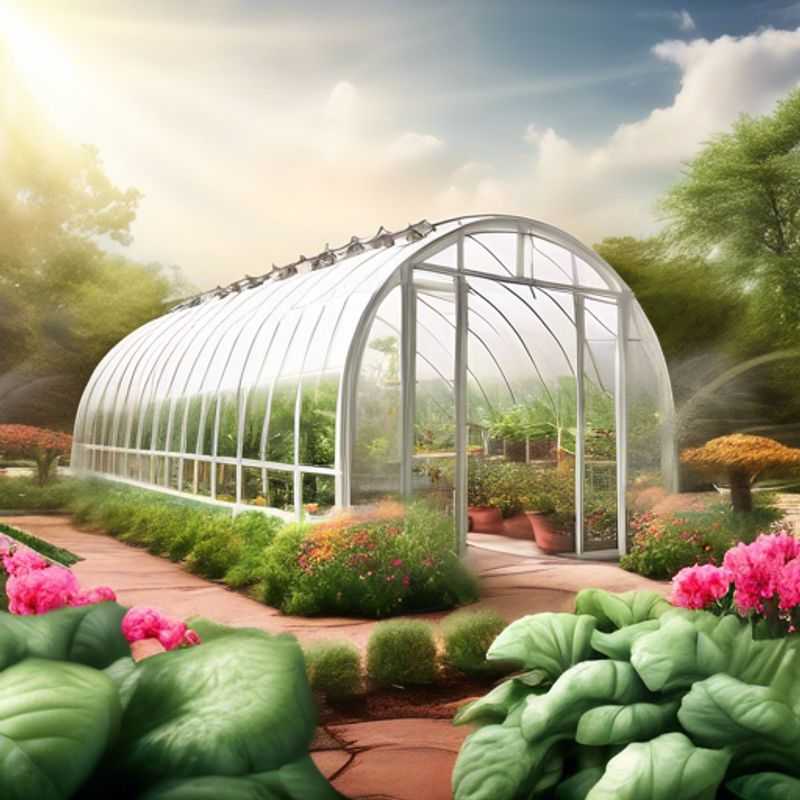
Designing for Accessibility and Maintenance: A Greenhouse Blueprint
Designing a greenhouse with easy access and maintenance in mind is crucial for efficient operations and long-term success. Consider these key factors:
Accessibility:
Wide pathways and doors, preferably with a minimum of 36 inches, allow for easy movement of people, equipment, and supplies. Consider the need for wheelchairs or other assistive devices.
Maintenance Access:
Ensure adequate headroom (at least 6 feet) and space for working beneath benches and equipment. Install easily accessible electrical outlets and water lines.
Construction Materials:
Durable, corrosion-resistant materials like galvanized steel or aluminum are ideal for longevity. Choose a roof material that allows for natural ventilation and is easy to clean.
Ventilation:
Include ample vents for fresh air circulation, preventing overheating and disease. Consider automatic ventilation systems for temperature control.
Watering System:
Install an efficient drip irrigation system that minimizes water waste and allows for precise watering.
Cost Considerations:
While initial investments in accessibility and maintenance features may seem costly, they often save you money in the long run by reducing labor costs, improving efficiency, and increasing the lifespan of your greenhouse.
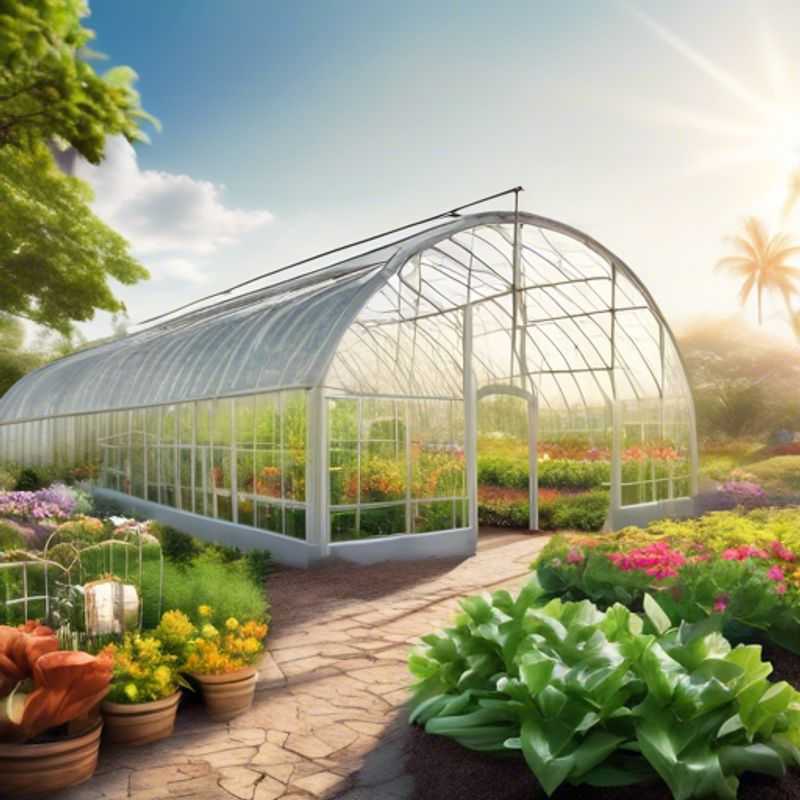
Navigating the Legal Landscape: Permits and Regulations for Your Project
Before embarking on any project, it's crucial to understand the legal landscape. This is especially true for building projects, which often require specific permits and adherence to local regulations. This ensures your project complies with local codes and minimizes any potential legal hurdles later.
Familiarizing yourself with these regulations early on can save you significant time and money. It's important to know what permits are necessary for your specific project. For example, a building permit might be required for a new construction or renovation, while a zoning permit may be needed to confirm the legality of your intended use for the property.
Researching local regulations can be done online, through your local government website, or by visiting your local building department. Don't hesitate to contact them directly for clarity on any specific requirements. Failing to obtain the necessary permits can result in hefty fines, delays in construction, or even legal action. It's best to be proactive and ensure your project is on solid legal ground from the start.
